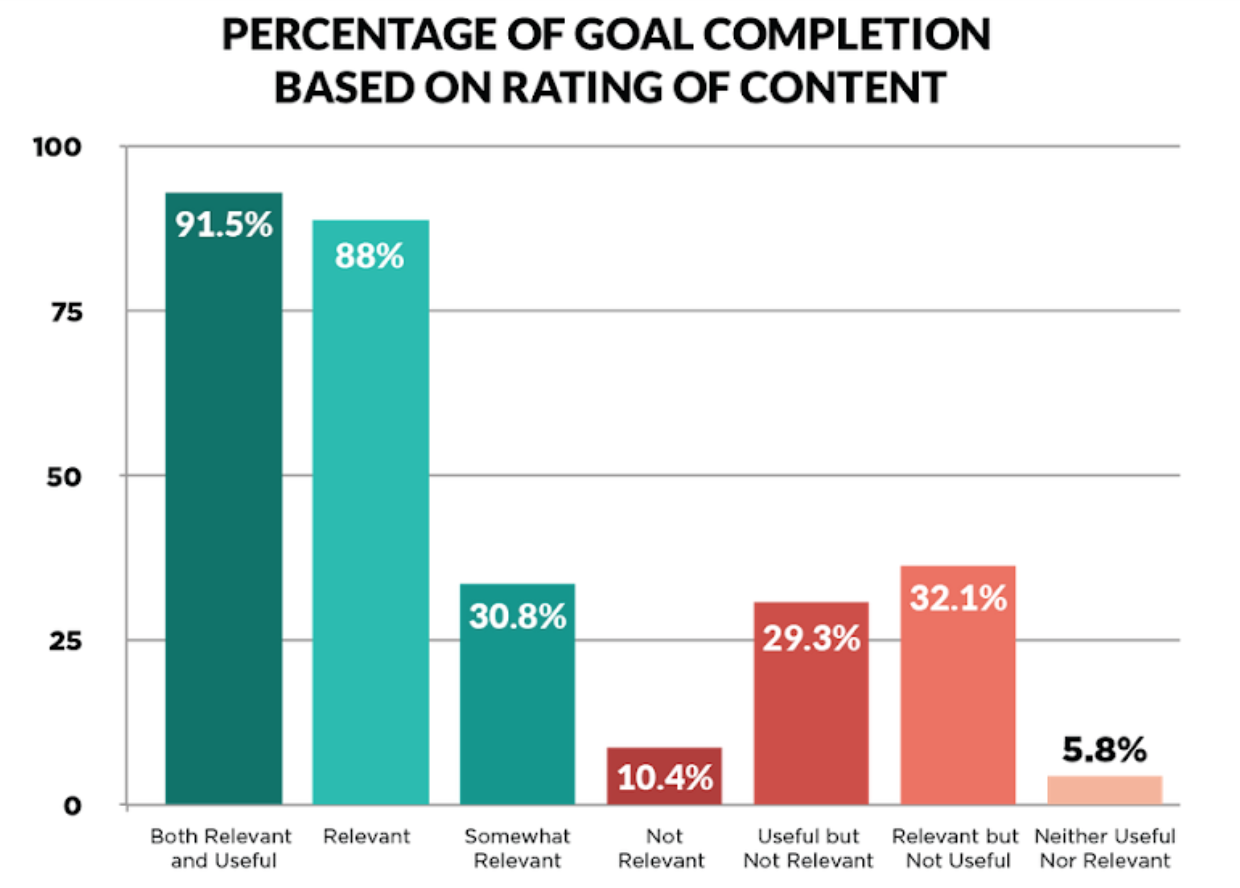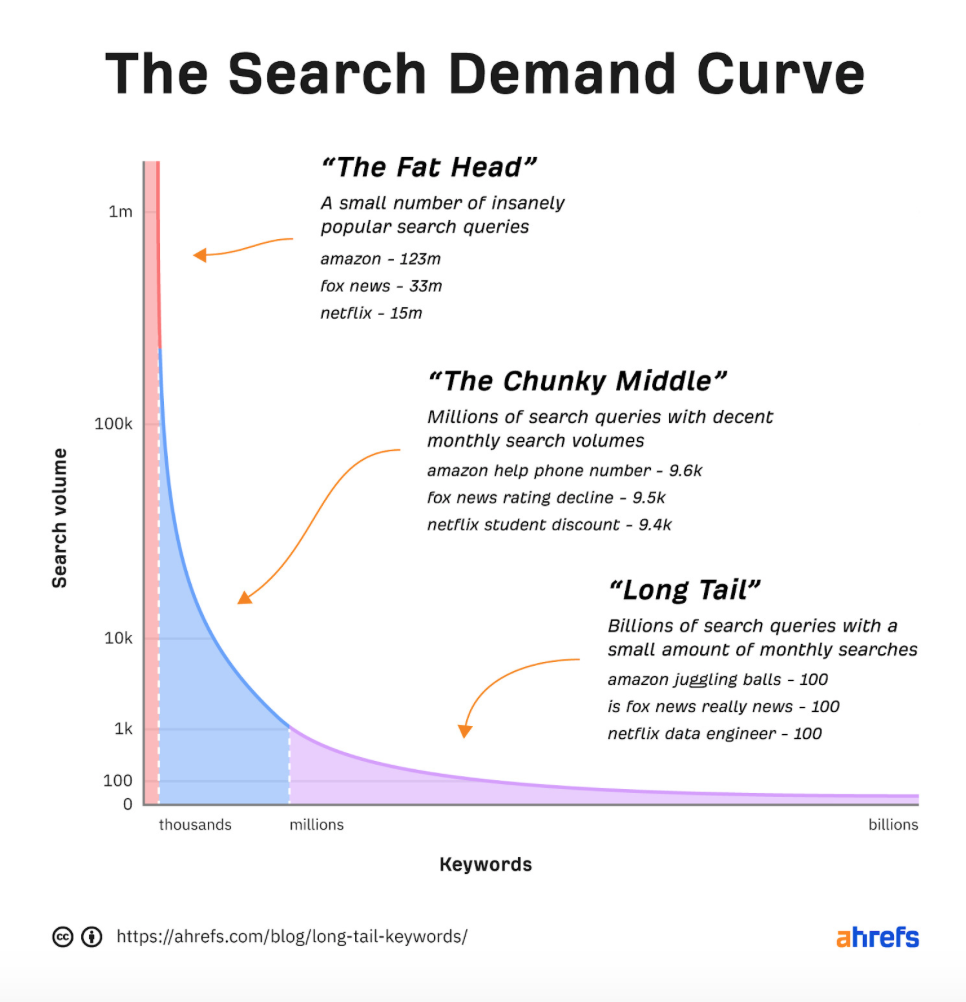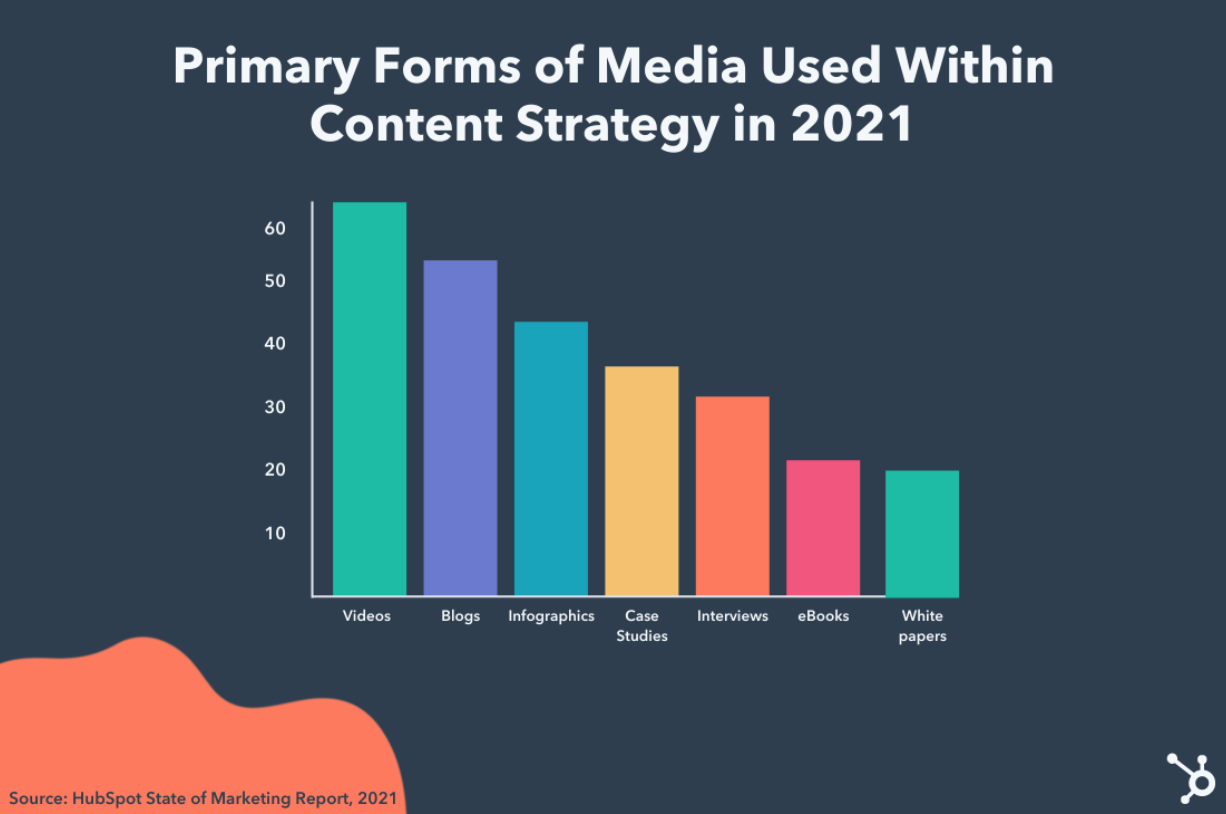June 9, 2022 - Grace Lau
Content Relevance 101: How It Matters And How To Achieve It
With over a billion websites on the internet, there is far from a shortage of online content. But how do you make sure that your company’s content is appearing at the top of search results and meeting customer needs? Two words: content relevance.
Read on to learn what it means to have relevant content, why content relevance matters, and how you know it’s working well.
What Is Content Relevance?
Relevance is judged by how well content matches a specific search query. The goal is to answer the right question for the right person at the right time. That means understanding user intent.
For instance, if someone searches for ‘laptop overheating,’ they probably don’t want a list of laptops that won’t overheat. Instead, they’re much more likely to be searching for a way to stop their current laptop from overheating. Understanding this intent will help you create content that solves their problems and draws them into your site.
Why Does Content Relevance Matter?
Okay, so you know what we mean by ‘content relevance.’ But what kind of potential does it have for your company? At the most basic level, it helps you show up on search engine result pages (SERPS). Search engines use a vast number of ranking factors to determine what they show users, and relevance is one of those key factors.
Beyond this, it also helps build a positive relationship with potential customers. Customers had their goals met 91.5% of the time when the content was both relevant and useful, compared to only 23.9% when the content was only useful but not relevant.
Meeting customer goals is key to engaging them – they’ll remember that you helped and that your content was what they wanted to see. That’s a great first step to a positive relationship.
Content works best when relevance overlaps with brand authority. Relevance will get the customer’s goals met for that one search, but it is authority that will keep them visiting your site regularly. This loyalty and trust are at the heart of good customer relationship marketing.
Content that converts
Conversion is about getting a consumer to take that step from a one-time website visitor to a loyal customer. You want them to read/watch/engage with your content, and then click on one of your Calls to Action. The more relevant the content, the more likely this is to happen.
Conversion rate is strongly linked to the ROI of content marketing. A higher conversion rate means the cost of gaining a customer gets lower, so you see a better return on your marketing investment.
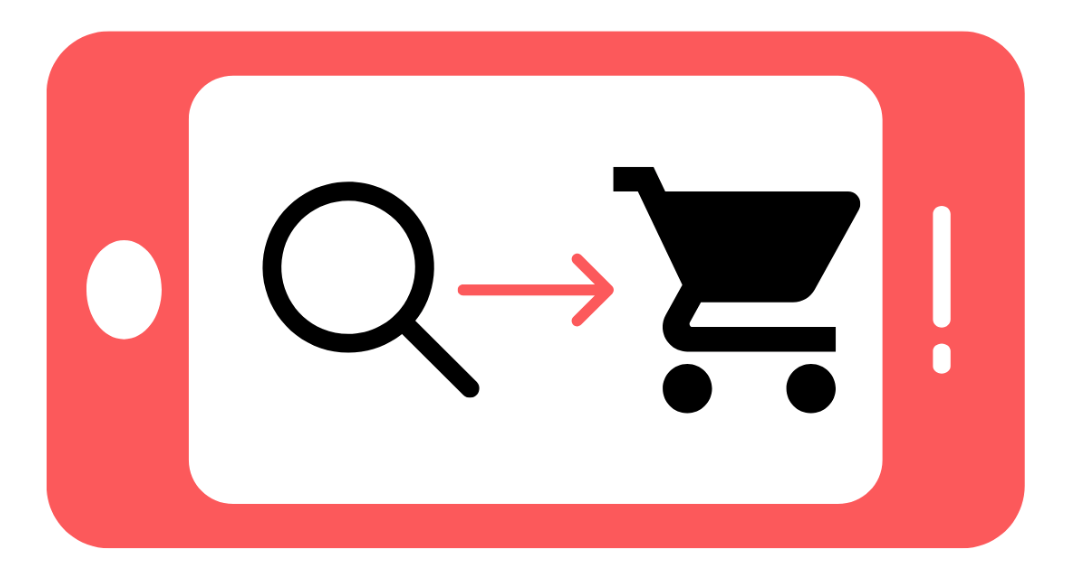
How To Create Relevant Content
Relevance needs to be considered at every stage of content creation. As we mentioned, understanding user intent is the first step to creating relevant content, so research is a must. We’ve got five key tips to help:
1. The key to keywords
In recent years, SEO has been the go-to for getting customers to see your content. To get ahead of the game, though, you need to recognize that appearing in SERPs is only half the battle.
Reaching a huge audience is useless if it’s not the right audience for your product or service. This is where purely keyword-based SEO has some shortcomings. Intelligent content makes use of keywords and is relevant to the real question behind the prospective customer’s search query.
One way to find the right customers is to optimize for long-tail keywords. This lets you get customers who really want something particular rather than generic one-word searches.
By including long-tail keywords in your SEO strategy, your content is still relevant to the main topics in the ‘fat head,’ but you’re up against far less competition. More importantly, for the people who are doing those long-tail searches, your content will be exactly what they’re looking for. Quality over quantity!
And one final point on keywords: if you are using a keywords-heavy headline, make sure that it is still an accurate description of the body text. Otherwise, you risk the post coming off as clickbait and losing customer trust, which is a major content marketing mistake.
2. Look beyond headlines
So, you already know that headlines are a brilliant place to put keywords and boost SEO. But search engines actually look for relevance in many different content elements. Some examples of these are:
- Image and video assets
- Subheadings
- Body text
- Meta descriptions
Like a machine, online content works best when all its parts complement each other. For instance, if you’re writing a blog post about remote culture, you’ll want to include aspirational images of people working from home or while traveling – not while sitting in the office!
Putting relevance at the forefront of all your assets and pieces of text will make the content more successful holistically.
3. The right place at the right time
Before you start creating content, you have to decide what format it will take. This will mean intelligent, in-depth research into your target audience and how they spend their time. Do they engage more with long-form articles or Tweets, for example?
Your content is a way to build customer relationships, so it should be tailored to those customers’ habits.
Research by Hubspot found that videos and blogs were the two most commonly used forms of media in content strategy in 2021, which you could factor into your own marketing plan.
Remember that this may vary between different consumer demographics: understand whether your content is targeted towards people with a beginner level of knowledge (most B2C companies) or fellow professionals working in that field (more appropriate for B2B marketing). Misjudging this runs the risk of alienating both types of customers.
4. Add some personality
Today’s online customers are getting harder and harder to impress. As more of their life moves over to digital space, they have a more specific idea of what they like to see when they visit a website.
When someone searches for ‘best diet plan’ or ‘good ice-breaker exercises,’ they don’t really want the best result overall; they want the best result for them, specifically. While you can’t customize everything for everyone, here are some website personalization examples that you could take inspiration from:
- A customized retail homepage that reflects a customer’s recent browsing
- Personalized email updates (addressing the customer by name is essential!)
- Custom search suggestions and menu navigation that match their interests
- Having different recommendations for new and established customers
Still, looking for more specific tips for your customer base? Well, that’s where our next point comes in.
5. Find out what your customers want
The most obvious and most overlooked way to learn what your customers want is simply by listening to them.
One way to do this is through a Voice of the Customers program (VoC). A good VoC program collects regular, up-to-date feedback from your customers and collates it in a useful way that informs your marketing strategy.
Customer feedback can come from multiple channels, so long as these are all well-integrated and provide the same high standard of customer experience. Wherever your customers are, your company needs to have a presence there too.
A range of communication channels means that you can receive customer feedback in ways that are both company-moderated (e.g., an internal customer satisfaction survey) and more independent, such as a customer mentioning your brand on social media. Make sure to factor both into your research.
Measuring Success
After carefully crafting your online content to be relevant, you’ll need to check how well it’s actually working. Web analytics is a great way of doing this, and most sites have made it extremely user-friendly.
Many website hosts and channels of communication will have in-built analytics for online businesses. The skill comes in when deciding which analytics are relevant to your company’s goals. Is it the length of each customer’s visit, the number of eCommerce sales, or how many people sign up to your mailing list?
Clearly, setting out the goals of your content is the first step to assessing its success. There is no one-size-fits-all measure of success when it comes to analytics so adapting it to your company’s business goals is essential.
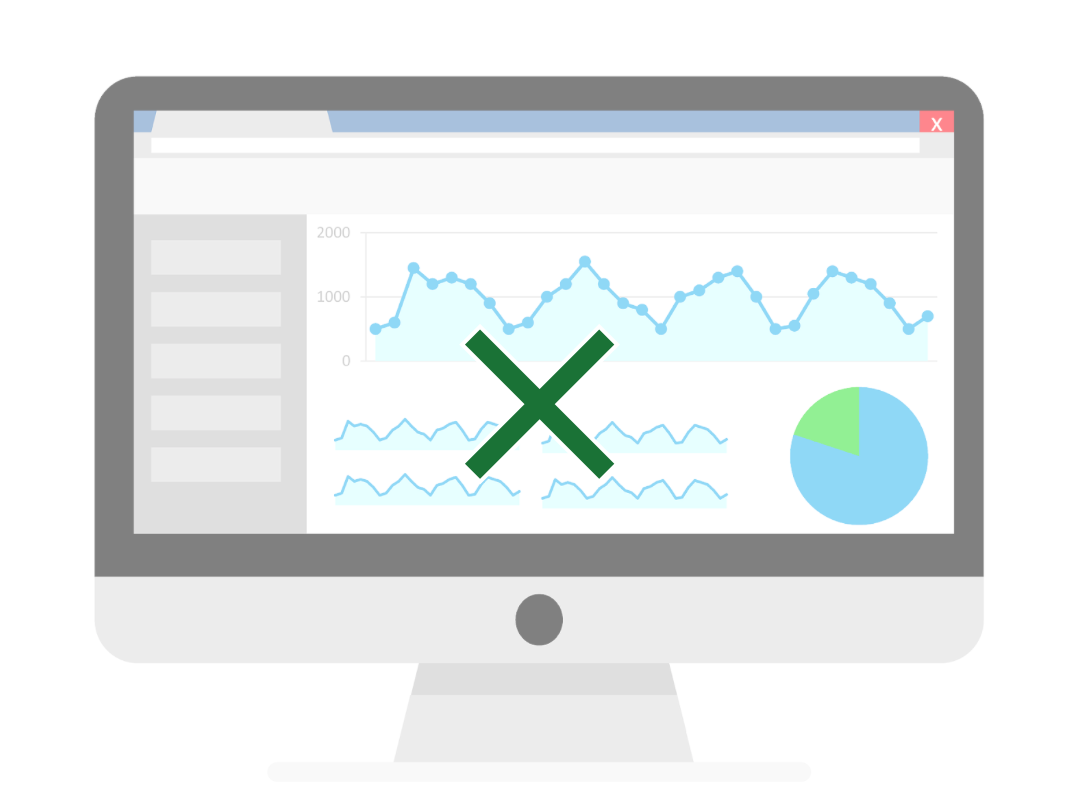
Takeaways and Next Steps
There is much more to content relevance than picking out a popular keyword. By integrating different media types, website personalization, and customer feedback, you can create content that meets the goals of both customers and the company.
Using what you’ve learned here, you can start looking into what your customers want and setting goals for your future. With the right research, a good eye for long-tail keywords, and some engaging and exciting content creators, you’ll be drawing customers in no time.
Author Bio:

Grace Lau – Director of Growth Content, Dialpad
Grace Lau is the Director of Growth Content at Dialpad, an AI-powered cloud communication platform for better and easier team collaboration. She has over ten years of experience in content writing and strategy. Currently, she is responsible for leading branded and editorial content strategies, and partnering with SEO and Ops teams to build and nurture content. She has written for sites like VMBlog and UpdraftPlus. Here is her LinkedIn.
Grow with the #1 marketing agency network and top destination for businesses to hire
Sign up for Agency Vista, and see why over 50,593 marketing agencies trust us to grow their online presence and foster credible relationships with businesses. We’re free forever, and you can upgrade, downgrade, or cancel any time.
Get Started
Get started free
Setup in minutes
No credit card required

Agency Vista is the new way for brands to find and easily connect with marketing agencies. Explore 50,593 verified profiles and reviews to find the right agency for your business.
Copyright © 2025 Agency Vista LLC. All rights reserved. Lovingly made in NYC.
